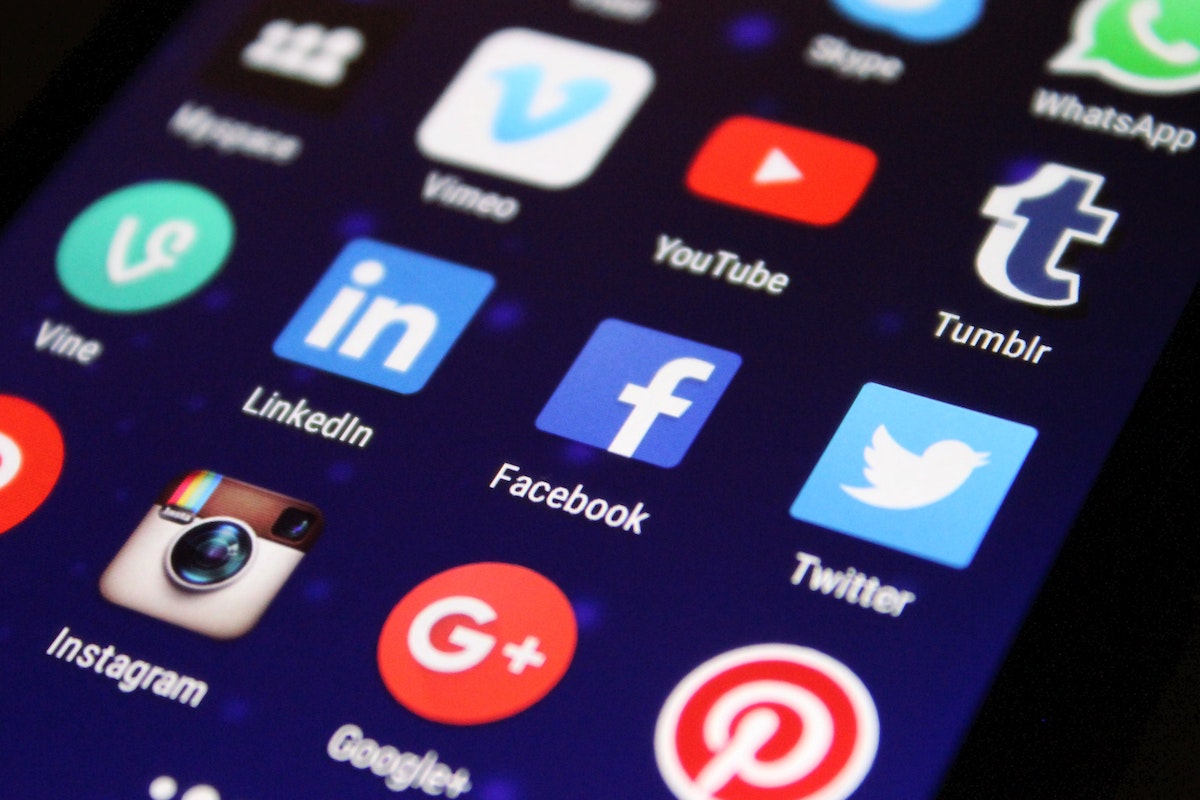
Social media matters, even if you’re B2B
Way back in the 2010s, algorithms didn’t exist. Social media marketing was a new way to get piles of traffic and eyeballs to your website. Feeds weren’t curated to control what you saw; it was a free-for-all essentially, and companies benefitted from it. Today, there are many platforms, stronger algorithms, and competition for even a second of a user’s attention.
Why B2B social media marketing?
But despite the guardrails every business is up against, social media remains a key component of digital marketing, regardless if you’re selling a solution directly to consumers or are a B2B business. In fact, a 2021 survey by Gartner on marketing spend revealed that CMOs are spending more on social media, SEO, and digital advertising — to the tune of a 53% increase in spend, and a 36% decrease in traditional advertising from B2B marketers.
Related: What do social norms have to do with engagement?
If you’re not hyping your B2B brand on social platforms, here’s why you should.
Establishes brand credibility and trust
Platforms like LinkedIn, the most-preferred social network by B2B businesses according to Gartner, are perfect for providing informative thought leadership content to followers. Actionable content positions your company as an expert in your field and builds trust with potential buyers that you, well, know your stuff. Building a B2B social media marketing schedule also helps solidify your brand voice and reputation, especially as followers share what you share.
Speaks directly to an audience
Traditional advertising can add value, but it lacks the anchor of a personality that social media offers. It “humanizes” your solution. Sure, if you have 5,000 followers on LinkedIn, it’s not exactly that personal, but people who read something on your profile have the power to comment on or interact with the post in some way. It feels less anonymous than a banner ad and more engaging when you interact with the posts and its followers.
Related: 10 things to look for in an employee wellness solution
Creates a “ripple effect”
One of social media’s greatest power plays is the ability for followers to re-share content. It’s where companies are “going viral.” Of course, this is only a flash in the pan once the moment passes, but when marketers establish a plan that includes shareable content on a regular cadence, your brand will gain traction and benefit from digital muscle memory when it comes to be sharing over and over again.
Influences future decision-makers
Young adults who were born in the 1990s are now in their 30s, which means they’re the present and future of the workforce … as is their upbringing around social media. According to the New York Times, TikTok is the new search engine for this age group, meaning they’re flocking to the popular app for reliable information. The days of categorizing social media as simply a social network are over; it’s evolved beyond that. B2B businesses are sleeping on an opportunity to get in front of eyeballs that are skipping Google altogether.
What it ultimately boils down to is that most employees have at least one social media account, and they’re all humans who scroll at the end of the day. Don’t miss an opportunity to be seen on that scroll, if even for a second.
